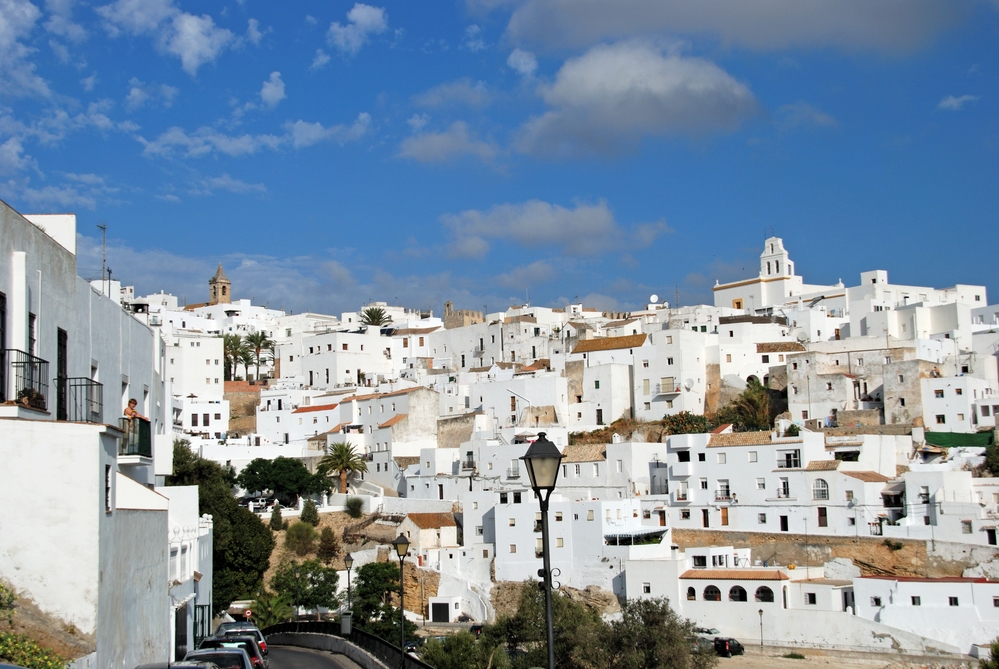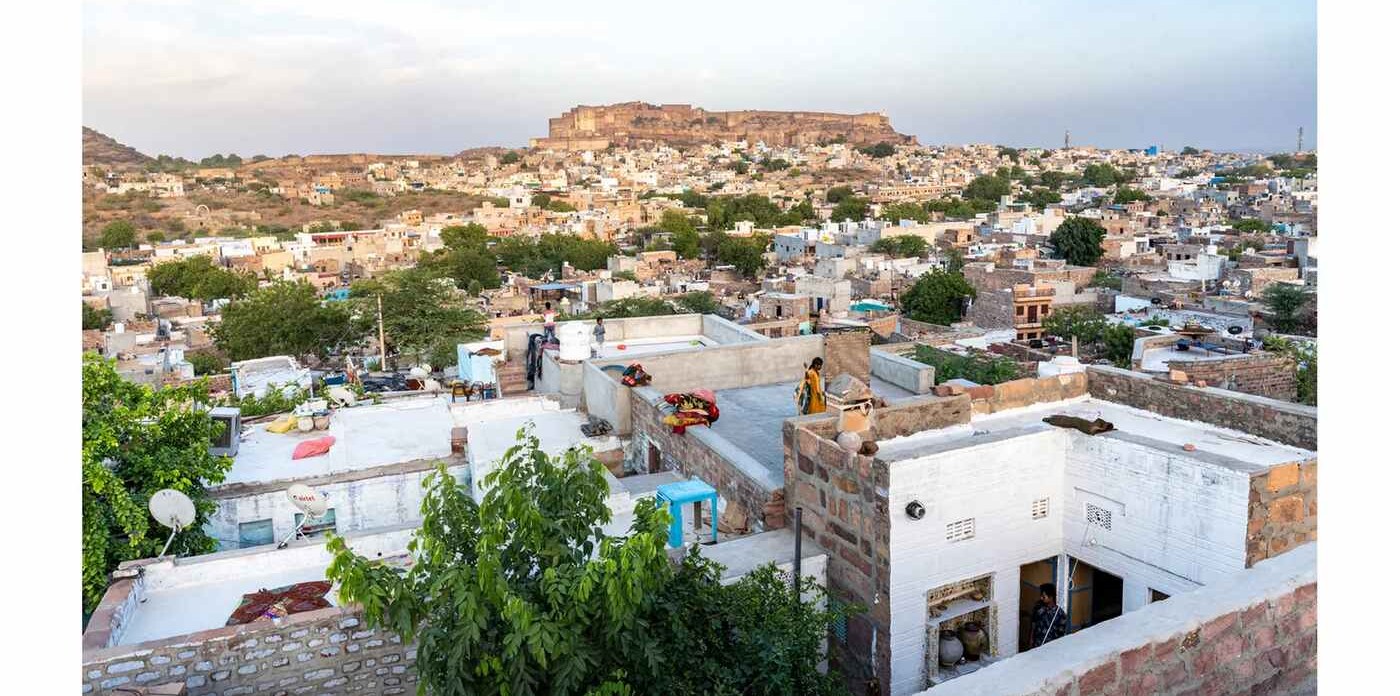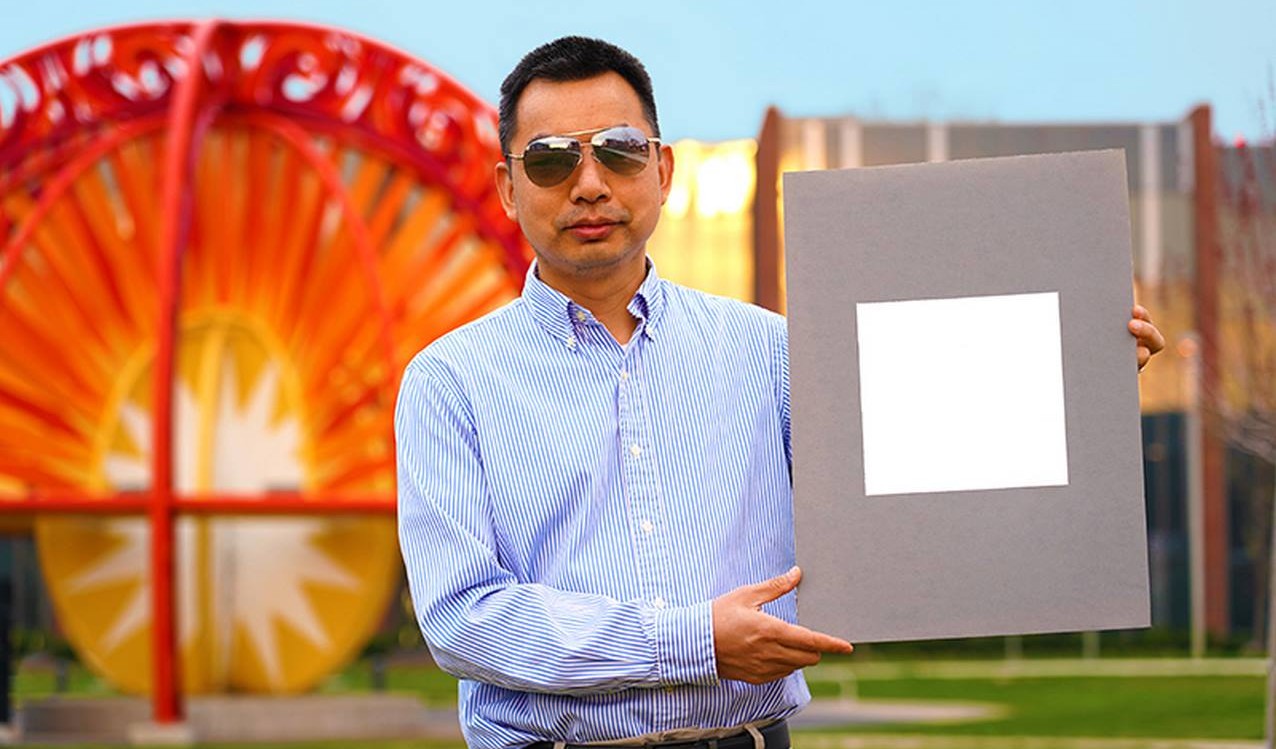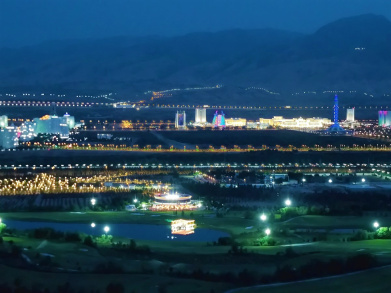Global warming is proposed to stop by painting 2% of the Earth's surface white
16.07.2023 | 18:18 |All the best minds of mankind are looking for an opportunity to stop global warming, and one of them — Jeremy Munday, professor of electrical and computer engineering at the University of California at Davis — has proposed a relatively simple, but very controversial method. According to the scientist, in order to stop global warming, it is necessary to paint about 2% of the Earth's surface with white paint.
The scientist's calculations were based on using a super-white paint with more than 98percent reflectivity, discovered two years ago at Purdue University. The more sunlight reflected back into space, the less heat would be left on Earth. Painting from 1% to 2% of the Earth's surface with such paint would stop global warming, the scientist believes.
The surface area of the Earth is 510 million km2, of which 148.9 million km2 is on land. Thus, if we talk about painting 1% of the surface of our planet, it is necessary to cover about 5 million km2 and 10 million km2 with white paint, if the task is to paint 2% of the surface. This is about how to paint over absolutely everything on the territory of the USA or China. For the full effect, obviously, the paint will need to be distributed evenly, which with the predominance of water on the surface of the Earth is a problem.

Finally, such a good paint would cost serious money in the declared volumes. To paint only 1% of the planet's surface, 526 billion liters of dye would be needed.
But there is also good news. Last year, scientists improved this super-white paint. It began to reflect the light of the Sun a little worse, but its consumption was reduced by more than half. Now, to cover something with this paint, you need to apply a layer not 400 microns thick, but only 150 microns. Well, at least it's not as scary as projects to dust the planet's atmosphere to reflect sunlight, which the US and EU authorities are potentially ready to consider.
As for ultra-white paint, locally it already "works". It is claimed that it can cool residential premises by as much as 4 ° C. For example, in the Indian desert of Tar, hundreds of poor women are given cans of such paint to cover the roofs of their houses. The program was started by Mahila Housing Trust (MHT), which works as a non-profit organization with poor women in Central and Western India to help avoid the debilitating effects of the heat.

They tried out a number of cheap refrigerant-free cooling options, such as turf roofs. However, ultra-white paint turned out to be the most effective.
Studying the long-term effects of the paint, some residents reported that it began to wear off after just a year, and that regular maintenance was needed to make it last longer. However, compared to other solutions, it is incredibly easy to distribute, since even children know how to use a brush.
In 2021, Xulin Ruan, a professor of mechanical engineering at Purdue University, developed the paint for the first time, and with a new setup that achieved the same results with a thinner layer, it could become an industry standard.
"I've been contacted by everyone, from spacecraft manufacturers to architects and clothing and footwear companies," says Xulin. "Basically they had two questions: where can I buy it and is it possible to make it thinner?"
The whitest paint in the world in 2021, for which Rouen was listed in the Guinness Book of Records, had to be applied with a layer of 400 microns thick, which is possible only for durable and stationary objects such as buildings.
For things like airplanes, cars, or anything with weight restrictions, 400 microns is too dense a coating to be used. That's why Ruan and his colleagues returned to experimenting with new materials and replaced barium oxide with hexagonal boron nitride.

The hexagonal structure reflects sunlight more fully, and the paint also contains air voids, which makes it highly porous at the nanoscale. This lower density, together with the fineness, gives another huge advantage: less weight.
The new paint weighs 80% less than the paint based on barium sulfate, but at the same time provides almost identical solar reflectivity, which, according to Rouen, opens the door to completely new areas of commercial applications.
Most importantly, he notes, compared to an air conditioner that takes hot air from a home or office and throws it into the city air, or, looking on a larger scale, at the Earth as a whole, ultra-white paint reflects the sun's rays entirely, sending thermal energy beyond the earth's atmosphere.
"We are currently negotiating its commercialization," Ruan said. "There are still a few issues that need to be resolved, but there is progress."
ORIENT news











